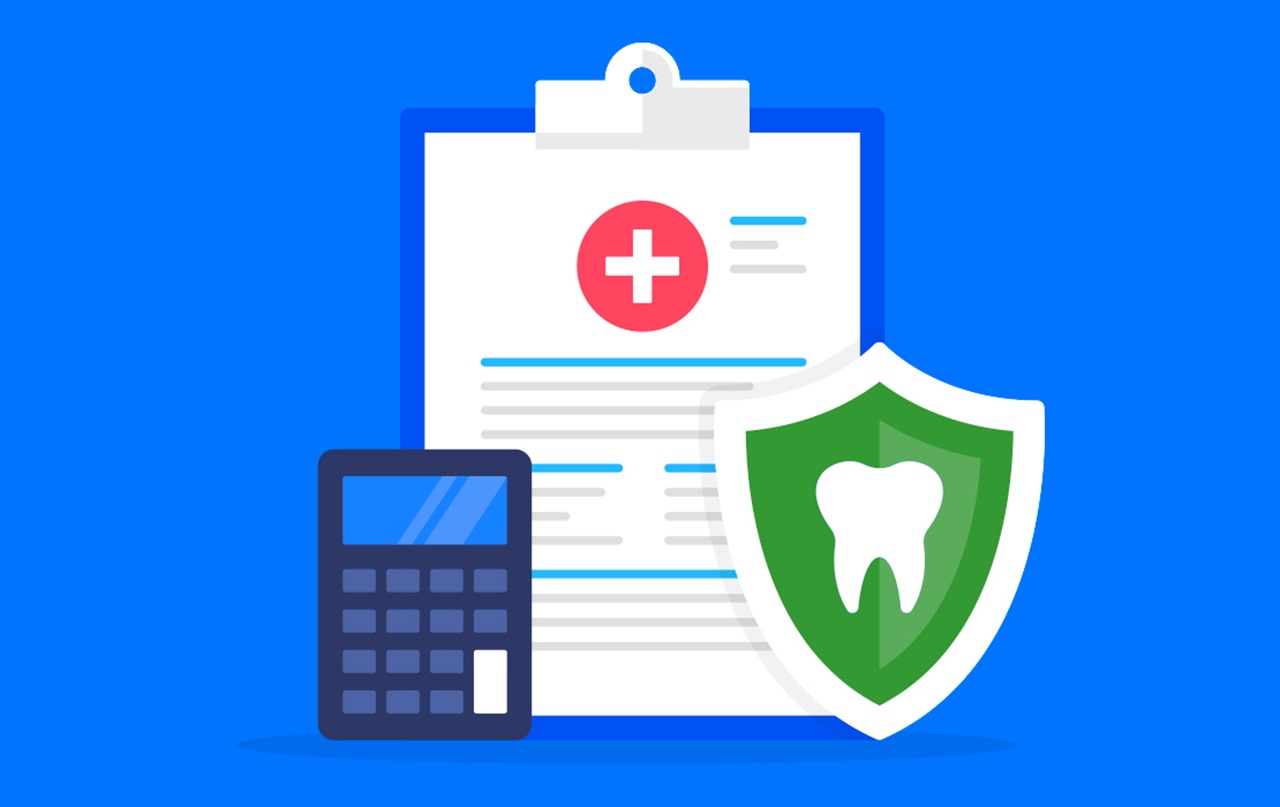The Affordable Care Act is the comprehensive health care reform law passed in March 2010. This law led to the creation of the Health Insurance Marketplace, where people can find coverage to help pay for medical and dental expenses.
If you are self-employed or your employer does not offer dental benefits, the Marketplace may be a good way to find dental coverage for yourself or your family. If you buy coverage through the Marketplace, you may qualify for tax credits that help reduce the cost of your insurance.
Key points to know about ACA dental plans
The ACA made dental coverage an essential health benefit for children 18 and younger. This means if you’re buying health insurance for your child or teen through the Marketplace, insurers must offer dental benefits for your child, either as part of a health plan or through a separate dental plan. However, you are not required to buy dental coverage. (The law simply requires insurance companies to provide this option for families with kids under 18.)
Dental coverage is not an essential health benefit for adults under the ACA. This means that health plans you find through the Marketplace don’t have to offer adult dental coverage, but some insurers may offer dental plans in your state. (Search by state to see your options.)
Dental plans offered through the Marketplace fall into two groups:
High-option dental plans have a higher premium, but lower copayments and deductibles. You will pay more each month, but probably owe less when you actually use dental services.
Low-option dental plans have lower premiums, but higher copayments and deductibles. You will pay less each month for your coverage, but probably owe more when you receive dental services.
Find more details about how Marketplace dental plans work.
Coverage and out-of-pocket limits in ACA dental plans
Dental plans — including plans offered through the Marketplace — are not designed to cover all dental services. Even when a specific service is covered, your plan may not pay 100% of the cost. You will have to pay part of the expense through a cost-sharing feature such as a deductible, co-insurance or copayment.
If you buy ACA dental coverage for your child on a stand-alone basis (separate from their medical care plan), you will have a separate out-of-pocket limit for your child. This is the maximum total amount you will be responsible for when paying for your child’s dental care.
This expense cap is helpful in keeping your family’s dental costs low. As of 2022, the out-of-pocket limits are $375 for one child, or $750 for multiple children covered by the same plan. The limit includes your plan deductible, as well as any coinsurance or copayments required by your plan. Once you reach this limit, your plan will pay for all your child’s covered dental expenses for the rest of the plan year.
Learn more about ACA coverage and other ways to pay for dental care
If you need help with dental coverage offered through the Health Insurance Marketplace, you can call the U.S Department of Health and Human Services at
Here are more resources you may find useful:
- How dental plan premiums work
- Tips for choosing a dental plan that fits your needs
- How different kinds of dental plans help you pay for care
- Insights on dental plans for people over 65
- Common terms used in dental plans
